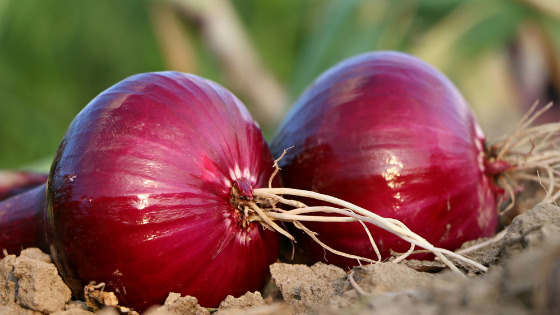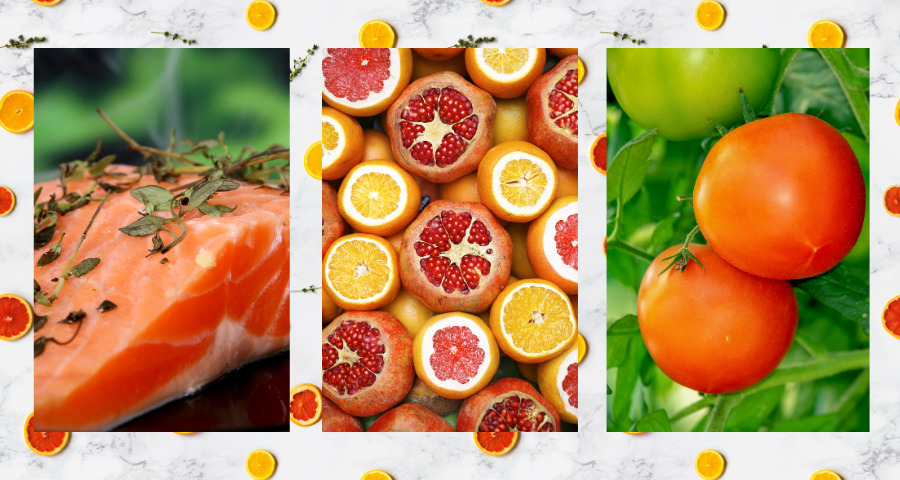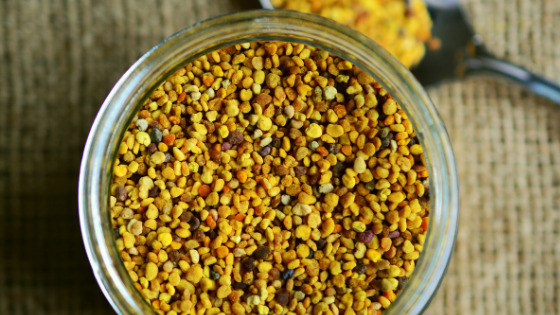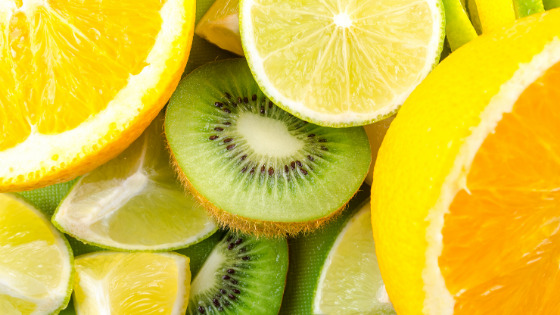Today, I will be sharing 7 best foods for fighting allergies and keeping those seasonal sniffles at bay. Usually when people associate food with allergies it revolves around which foods to avoid.
However the link between food and allergies is restricted to a few food groups referred to as cross-reactive foods. Adverse reactions to cross-reactive foods might be experienced by individuals with ragweed, mugwort, or birch seasonal allergies.
Apart from these food groups, seasonal allergies, also known as allergic rhinitis or hay fever, only happens during certain times of the year, generally during spring or summer. These allergic reactions happen when your immune system overreacts to certain allergens like plant pollen and leads to sneezing, congestion, and itching.
While allergies can be treated with over-the-counter meds, you might have to implement some lifestyle changes as well to ease springtime allergies. Adding some of the following foods to your diet might relieve those eye-watering and sniffle symptoms. From lowering inflammation to boosting your immune system, there are several dietary options that can assist with mitigating the griefs of seasonal allergies.
7 Best Foods For Fighting Allergies
Ginger
An array of the nasty allergy symptoms as a result of inflammatory problems. Like irritation of the eyes, nasal passage, and throat can be reduced with adding ginger to your meals. Ginger has been used for various health issues like joint pain and nausea as a natural remedy. It also contains anti-inflammatory and antioxidative phytochemical amalgams. Experts believe that it can be useful for fighting seasonal allergies. You can incorporate ginger into your curries, stir fries, or baked goods, or make ginger and honey tea.
Onions
Onions are a fantastic source of quercetin which is a bioflavonoid sold as a supplement. Quercetin is a natural antihistamine that lowers the symptoms of seasonal allergies. Because onions are rich in antioxidants and anti-inflammatory components, it is a smart move to add them to your diet during allergy season.

Raw red onions contain the highest amount of quercetin, charted by white onions and scallions. Raw onions are best because cooking lowers the quercetin content. You can add them to dips, salads, or as sandwich toppings. Another benefit of onions is that they are rich in prebiotics that promote a healthy gut and boost your immune system.
Bee Pollen
Not just bees can eat bee pollen, it is edible for us humans too. The mixture of honey, enzymes, flower pollen, nectar, and wax is often sold as a treatment for hay fever. Research suggests that bee pollen has antifungal, anti-inflammatory, and antimicrobial composites in the body. Bee pollen restricts activation of mast cells which is a critical step in allergic reaction prevention.
It is essential however to ensure that the honey is local and made from the same local pollen that your body is allergic to, is an ingredient in the bee pollen. The best place to look for it is at the local farmer’s market in your area. You can sprinkle some on your cereal or yogurt, or blend in into your morning smoothie.
Turmeric
Turmeric is packed with anti-inflammatory components including the active ingredient known as curcumin which has been associated with reduced symptoms of various inflammation-driven diseases. It could assist with lowering the irritation and swelling as a result of allergic rhinitis.
Turmeric can be taken in pill form, in teas, or tinctures, or as a spice in foods. Whether you use it in recipes or as a supplement, be sure to pair it with black pepper which is known for boosting the bioavailability of curcumin by as much as 2000 percent.
Citrus Fruits
It is well known that vitamin C can assist with shortening the duration of a common cold and can be beneficial for allergy sufferers. Eating vitamin-C rich foods has been shown to lower allergic rhinitis caused by pollen from plants. So be sure to increase your intake of vitamin C during allergy seasons. You can eat fruits like limes, oranges, sweet peppers, grapefruit, and berries.
Tomatoes
While citrus are usually associated with high levels of vitamin C, tomatoes are another fantastic source of this vital nutrient. A single medium size tomato can contain as much as 26 percent of the recommended daily intake of vitamin C.
Tomatoes also contain lycopene, an antioxidant compound that assists with fighting inflammation. It is easily absorbed into your body when cooked, so you can select cooked or canned tomatoes for an additional boost.
Oily Fish and Salmon
Omega-3 fatty acids from fish can increase your allergy resilience and even enhance asthma. A German study that was conducted in 2005 revealed that the more EPA (eicosapentaenoic) fatty acid individuals have in their bloodstream, the lower their risk of hay fever or allergic sensitivity were.

Another study suggests that fatty acids could also lower narrowing of airways that happen in asthma and certain instances of seasonal allergies. This might be due to the anti-inflammatory benefits linked to omega-3 fatty acids. To increase your intake, you can eat fish like mackerel, tuna, salmon, and sardines.
Conclusion
Everyone loves springtime when the flowers start blooming and we can enjoy warm weather but our enthusiasm is often dampened with the onslaught of seasonal allergies. With these 7 best foods for fighting allergies, you can reduce the adverse symptoms linked to allergies.
Sending you lots of love, light, and sniffle-free vibes.
Anthea




